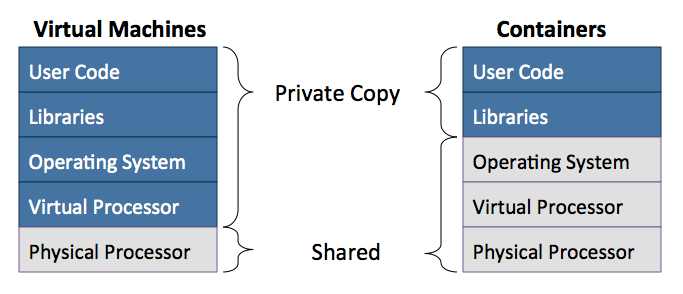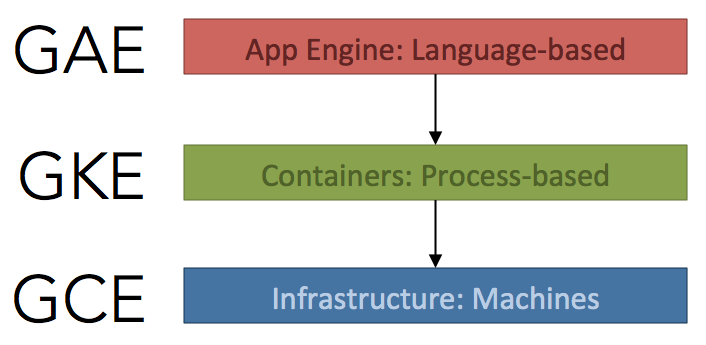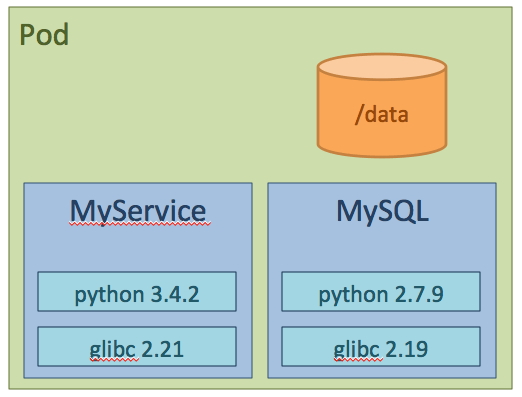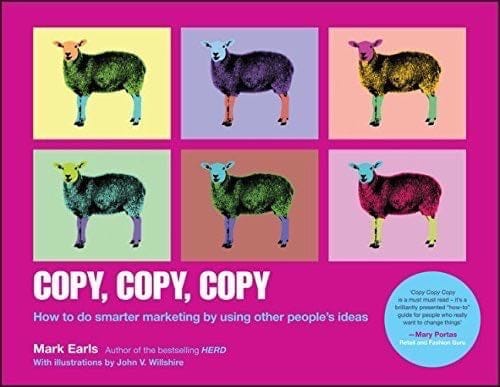
Neelie Kroes & Boris Veldhuijzen van Zanten open TNW2015


Introducing Out-of-the-Box thinking at the Banks, make it possible to easily invest in start-ups.
Werner Vogels, CTO Amazon, @werner

Customer centric company. Stubborn on the vision, but flexible in realisation. Innovation requires commitment. Willingness to be misunderstood for a long period of time. Culture + Organization + Technology. The importance of small teams (two pizza teams).
-
Customer Obsession Leaders start with the customer and work backwards. They work vigorously to earn and keep customer trust. Although leaders pay attention to competitors, they obsess over customers.
-
Ownership Leaders are owners. They think long term and don’t sacrifice long-term value for short-term results. They act on behalf of the entire company, beyond just their own team. They never say “that’s not my job.”
-
Invent and Simplify Leaders expect and require innovation and invention from their teams and always find ways to simplify. They are externally aware, look for new ideas from everywhere, and are not limited by “not invented here.” As we do new things, we accept that we may be misunderstood for long periods of time.
-
Are Right, A Lot Leaders are right a lot. They have strong business judgment and good instincts.
-
Hire and Develop the Best Leaders raise the performance bar with every hire and promotion. They recognize exceptional talent, and willingly move them throughout the organization. Leaders develop leaders and take seriously their role in coaching others.
-
Insist on the Highest Standards Leaders have relentlessly high standards - many people may think these standards are unreasonably high. Leaders are continually raising the bar and driving their teams to deliver high quality products, services and processes. Leaders ensure that defects do not get sent down the line and that problems are fixed so they stay fixed.
-
Think Big Thinking small is a self-fulfilling prophecy. Leaders create and communicate a bold direction that inspires results. They think differently and look around corners for ways to serve customers.
-
Bias for Action Speed matters in business. Many decisions and actions are reversible and do not need extensive study. We value calculated risk taking.
-
Frugality We try not to spend money on things that don’t matter to customers. Frugality breeds resourcefulness, self-sufficiency, and invention. There are no extra points for headcount, budget size, or fixed expense.
-
Vocally Self Critical Leaders do not believe their or their team’s body odor smells of perfume. Leaders come forward with problems or information, even when doing so is awkward or embarrassing. Leaders benchmark themselves and their teams against the best.
-
Earn Trust of Others Leaders are sincerely open-minded, genuinely listen, and are willing to examine their strongest convictions with humility.
-
Dive Deep Leaders operate at all levels, stay connected to the details, and audit frequently. No task is beneath them.
-
Have Backbone; Disagree and Commit Leaders are obligated to respectfully challenge decisions when they disagree, even when doing so is uncomfortable or exhausting. Leaders have conviction and are tenacious. They do not compromise for the sake of social cohesion. Once a decision is determined, they commit wholly.
-
Deliver Results Leaders focus on the key inputs for their business and deliver them with the right quality and in a timely fashion. Despite setbacks, they rise to the occasion and never settle.
The institutional Yes, more effort in dismantling ideas.
The Narrative: no slides in a meeting, narratives are read each meeting for the first half hour. 6 pages reading in 30 minutes. Writing a good narrative of max 6 pages is not easy/tough.
Working from the Customer backwards:
- starting with a “press release”
- write the:
- FAQ
- rude FAQ
- how to use the product. Define the user interaction
- write the user manual, concepts, etc
Reduce the cost of failure (by working backwards)
Self service platforms without gatekeepers
Fulfilment by Amazon, your product in the Amazon shop:
- Kindle Direct Publishing
- Amazon Web Services > 1 M customers
“If you want to increase innovation, you have to lower the cost of failure.” - Joi Ito MIT
Cloud Native, Eric Brewer
VP Infrastructure at Google @eric_brewer

 Named"Global Leader for Tomorrow"by the World Economic Forum and"most influential person on the architecture of the Internet" by InfoWorld.
Named"Global Leader for Tomorrow"by the World Economic Forum and"most influential person on the architecture of the Internet" by InfoWorld.
ACID, BASE and CAP Theorem (Brewer’s brainchild) nice read
“Cloud Native” Applications
Middle of great transition
- unlimited “ethereal” resources in theCloud
- an environment of services not machines
- thinking in APIs and co-designed services
- high availability offered and expected
Google gebruikt al 10 jaar containers, 2B per week
VM vs Container

You don’t worry about machines.
Machine is very primitive entity
Google platform layering:

- GAE, App Engine: Language-based
- GKE, Containers: Process-based
- GCE, Infrastructure: Machines
Kubernetes:Higher level of Abstraction
Kubernetes: Greek for “pilot” or “helmsman of a ship”
Think about:
- Composition of services
- Load-balancing
- Names of services
- State management
- Monitoring and Logging
- Upgrading
Don’t Worry About:
- OS DEtails
- Packages - no conflicts
- Machine sizes (much)
- Mixing languages
- Port conflicts
6 verschillende talen in gebruik
Evolution is the Real Value Apps structured as Independent Microservices
- Encapsulated state with APIs (like “objects”)
- Mixture of languages
- Mixture of teams
Services are Abstract
- A “Service” is just a long-lived abstract name
- Varied implementations over time (versions)
Managing Dependencies
 Containers:
Containers:
- Handle package dependencies
- Different versions, same machine
Pods:
- Co-locate containers
- Shared volumes
- IP aDdress, indépendant port space
- Unit of deployment, migration
Dependencies: Services
 Service:
Service:
- Replicate pods * Source pod is a template
- Auto-restart member pods
- Abstract name (DNS)
- IP address for the service * in addition to the members
- Load balancing among the replicas
Rolling upgrade with labels: no customer impact maar hoe handel je dan de specifieke sessies af die over de versies heen verschillend kunnen zijn? => Matt Feigal: sticky sessions
Summary
A new path for Cloud Native applications:
- Collection of independent (micro) services
- Each service evolves on its own _ Scale, updateas needed _ Mix versions as needed
- Pods are a building block
- Containers simplify deployment
Together these enable velocity
Matt Ruby, founder & CEO Vooza
Startups need to lie Give employees fancy job titles Pretend to be passionate Just say no, I’m the proudest of the things I didn’t do.
Mark Earls, author of Copy, Copy, Copy

Humans copy, homo mimicus
Exactitude.com

Brewster Kahle,Locking the Web Open -a Call for a New, Distributed Web
 Larry Lessig: “Code is law”book and article
Larry Lessig: “Code is law”book and article

Common belief is that cyberspace cannot be regulated and isimmunefrom the government’s control. The first version of the book argues that this belief is wrong, it’s not in the nature of cyberspace to be unregulable; cyberspace has not “nature”.Under the influence of commerce, cyberspace is becoming a highly regulable space, where behavior is much more tightly controlled than in real space. But that’s not inevitable either. We can-we must-choose what kind of cyberspace we want and what freedoms we will guarantee. These choices are all about architecture: about what kind of code will govern cyberspace, and who will control it. In this realm, code is the most significant form of law, and it is up to lawyers, policymakers, and especially citizens to decide what values that code embodies.
Distributed Web, internet is a distributed system.
Web vs Internet:
- Distributed web sites
- How can we make reader privacy
- Versioning of sites
Technology (the cool tools):
- blockchain
- bitcoin
- javascript
- encryption
Distributed Wordpress
 Goals:
Goals:
- Normal browser (no download, no plugin)
- Good names: web://brewsterblog.nl
- Snappy performance
- Fun to post and comment
- User identities with different roles
- PLUS:
- Payments / Tips
- Versions / Archive
JavaScript as Operating System:
- WebRTC enables P2P in JS
- Website search in javascript
- Web database in javascript OK: Normal browser (no download, no plugin)
Demo: blog in bittorrent
- hoe ga je om met updates, niet! Nog niet …
An easy name system:
Example: dweb://brewsterblog.nl Namecoinuses blockchain for registration Ephereum? OK: Good names =>Namespace, solvable
Performance, Versions Institutional Archives and Caches (Internet Archive) + others OK: Snappy Performance =>Performance, solvable.
How toannounceupdates? Mutable torrents? Distributed hash table? Ideas anyone? NOK: Fun to update and comment
Distributed Identity System Bitcoin addresses for Signing Posts, proving identity (no passwords) Solid crypto / Solid Community / Existing Tools Creation of delegated identities Bonus points: Tipping and Payment system built in! OK: User identities with different roles
Conclusion: Distributed web is possible!
“Lock the web open”
Technologiën bundelen om een werkbaar product te krijgen.
Conferences, hackatons worden georganiseerd door …
Betalingen voor blogposts wordt hiermee mogelijk
The internet archive, 20 Petabyte aan data.
Amy Jo Kim, co-founder of Shufflebrain
7 Habits:
-
Think like scientist
-
Laser focus on early adopters Crossing the chasm, Geoffrey Moore book based on Everett Rogers
-
Learn about customer habits
-
Create a culture of iterative testing.
-
Cultivate a customer feedback community
-
Test and refine the core loop early => skill building, compelling feedback => Test wireframes, mockups, ideas with early adopters
-
Co-create a path to mastery
-
MVP Canvas
-
Speed Interviews
-
Habit Stories

